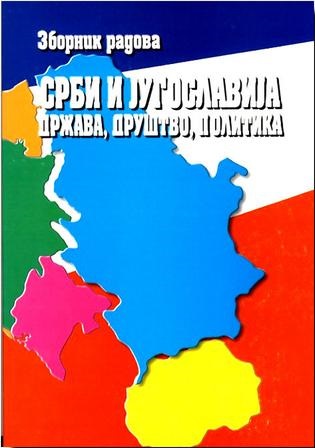Пољопривреда јужне Србије у југословенским оквирима 1918–1929.
Agriculture in South Serbia Within the Yugoslav Framework 1918–1929
Author(s): Vladan Z. Jovanović
Subject(s): National Economy, Agriculture, Economic history, Economic policy, Economic development, Interwar Period (1920 - 1939)
Published by: Institut za noviju istoriju Srbije
Keywords: Kingdom of SHS; Yugoslavia; Serbia; agriculture; peasantry;
Summary/Abstract: The long Ottoman rule turned the territory of the Old Serbia and Macedonia into an economically extremely passive area. Although conditions for more free flow of goods and capital were created after the liberation, remnants of the feudal system and neglected agriculture aggravated by wartime devastations of 1912–1918, were felt in the later decades too. For that reason the attempt of the Yugoslav state to put an end to the economic depression called for a more comprehensive action. Lack of an adequate legal framework, monetary chaos, feudal mentality, primitive agriculture and semi-nomadic cattle-breeding, anahronistic transportation infrastructure, demographic instability of the region and poor security – were only some of the circumstances which nailed this province to the very bottom of all statistical presentations of the interwar Yugoslav economy. The evident economic lagging behind of the development of the Southeast of the Kingdom of the Serbs, Croats and Slovenes as compared to the rest of the state, was caused by several more unpropitious factors: constant splitting of land possessions, slow recovery and inadequate war indemnification, destimulating customs policy, bad credit conditions etc. The state of agriculture of Southern Serbia was illustrated by statistical surveys and the so-called index of economic strength which was deemed a relevant measure of economic situation, based on the following parameters: population density, literacy of the population, the ratio between the arable land and intensive cultures in comparison with the total land surface, the state of the “dead” and unused livestock, crops of wheat and maize, the state of the cattle fund, characteristics of industrial population, length of railway tracks and roads, as well as the amount of savings and credits per inhabitant. Such geographical and numerical picture of the economic situation made a more balanced insight into the relations between certain parts of Yugoslavia possible, but it also confirmed the conclusion that the policy of an unstable agrarian state in a clumsily integrated area could hardly produce serious results.
Book: Срби и Југославија. Држава, друштво, политика
- Page Range: 163-180
- Page Count: 18
- Publication Year: 2007
- Language: Serbian
- Content File-PDF

